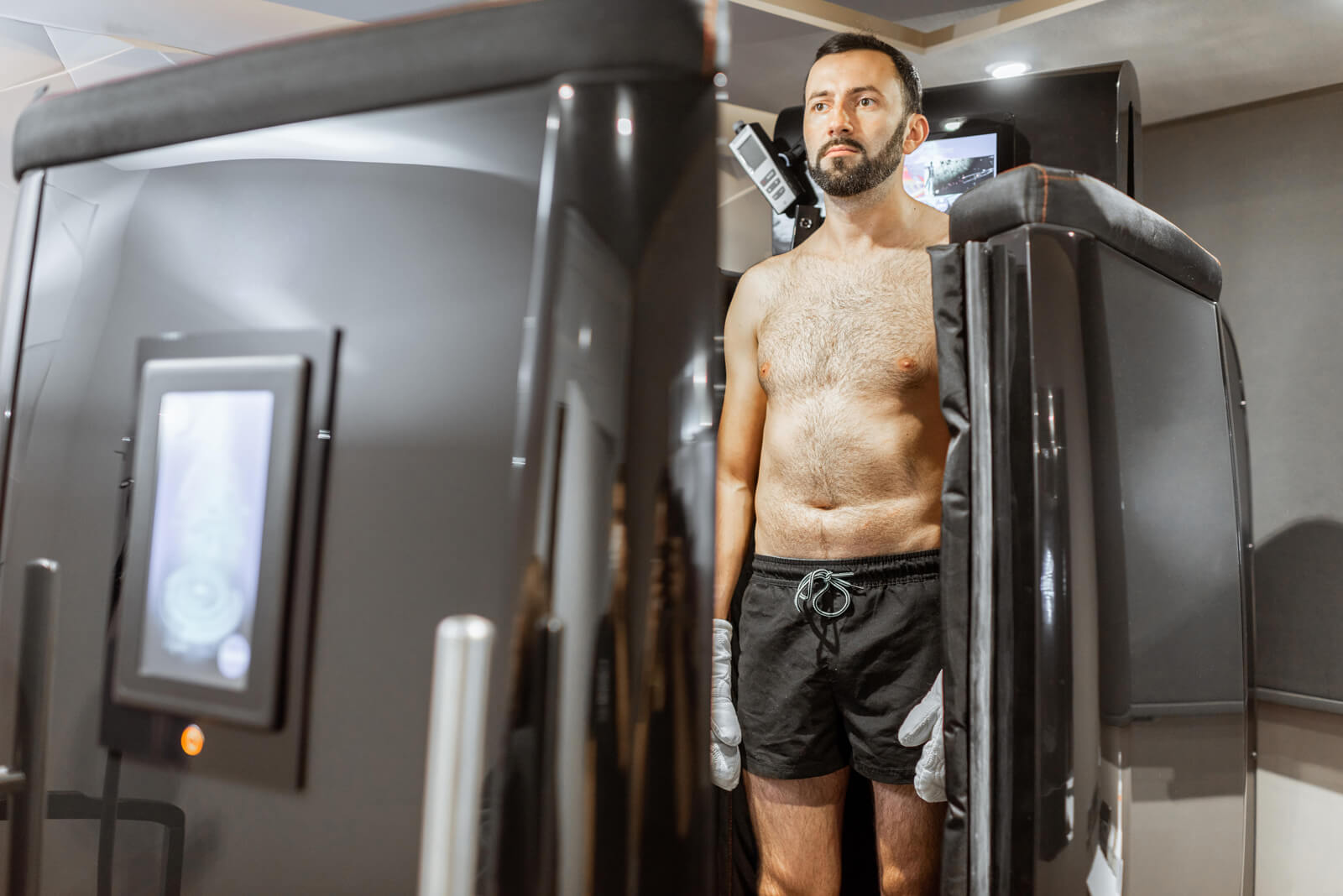It may take as many as 10 years or 10,000 hours of constant practice to become an expert (Ericsson, 1996). This translates to training for 10 years, 20 hours per week for 50 weeks of the year. This is a very tall order for coaches and teachers of sport. Actually, regardless of the level of performance, a basic demand on the coach is to use time effectively, yet in reality, practice time has become more and more constricted. An important question facing coaches and teachers is, how can we make the best use of practice time within the training arena?
Typically the teaching and coaching of team games is characterized by a series of highly structured lessons or sessions (Brooker, Kirk, Braiuka, & Bransgrove, 2001) and is largely based upon a strategy that emphasizes the mastery of motor skills prior to game involvement (Grehaigne & Godbout, 1995). Yet common complaints from teachers and coaches are that techniques often break down in game play, and there is, what appears to be a theory-practice gap (Brooker et al., 2001), that is, the ability of players to verbalize is present, but they then perform the skill exactly as they had before.
Alternative approaches to learning in sports that attempts to address these key issues are a Teaching Games for Understanding (TGfU) or Games Sense (GS) approach. This approach emphasizes game appreciation and tactical awareness as a basis for making game play decisions, and meeting skill development needs (Brooker et al., 2001). TGfU is not a new concept and has been subject to empirical scrutiny since the late 1980’s.
In such a complex teaching/learning process skill and technical instruction—as well as a combination of both—promote learning of skill, cognitive knowledge and development (Holt, Strean, & Bengoec, 2002). The crucial point, it seems, is when to introduce technical or tactical skills. A TGfU approach points to introducing tactical game understanding first. Put simply, TGfU emphasizes game appreciation and tactical awareness as a basis for making game play decisions, thus learners discover when and why skills are needed in a game context (Brooker et al., 2001).
References
Brooker, R., Kirk, D., Braikua, S., & Bransgrove, A. (2001). Implementing a game sense approach to teaching junior high school basketball in a naturalistic setting. European Physical Education Review, 6(1), 7-26.
Erikson, K. A. (1996). The road to excellence: The acquisition of expert performance in the arts and sciences, sports, and games. Mahwah, NJ: Lawrence Elbaum.
Gerhaigne, J.F., & Godbout, P. (1995) Tactical knowledge in team sports from a constructivist and cognitivist perspective. Quest, 47, 490-505.
Holt, N.L., Strean, W.B., & Bengoechea, E.G. (2002). Expanding the teaching games for understanding model: New avenues for future research and practice. Journal of Teaching in Physical Education, 21,162-176.






